
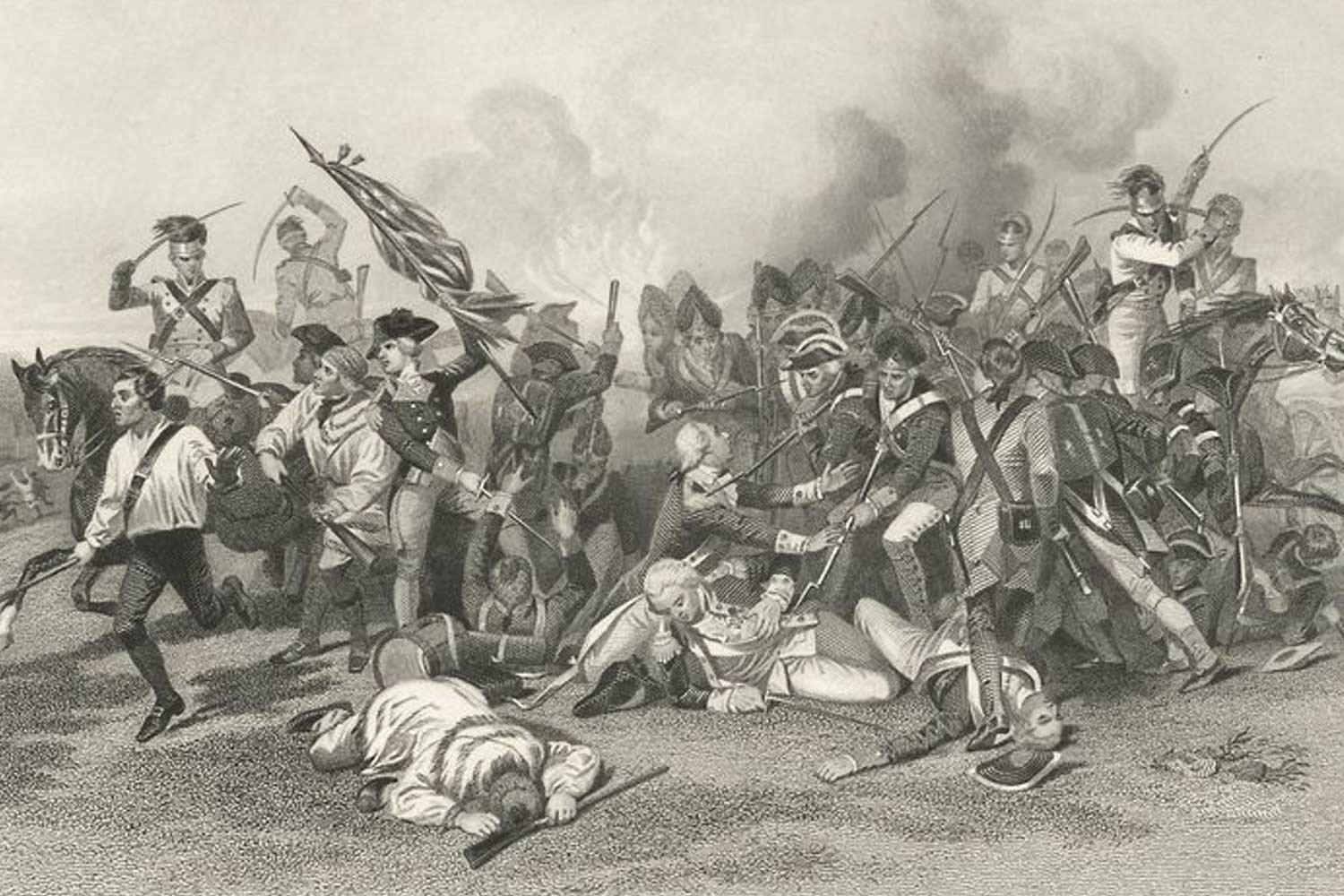
British High Tide at Camden
As dawn broke on the morning of August 16, 1780, the British army under Lord Charles Cornwallis and the American southern army under Major General Horatio Gates were half a mile apart, preparing to do battle. It would be a short affair, but a costly one for the Americans.
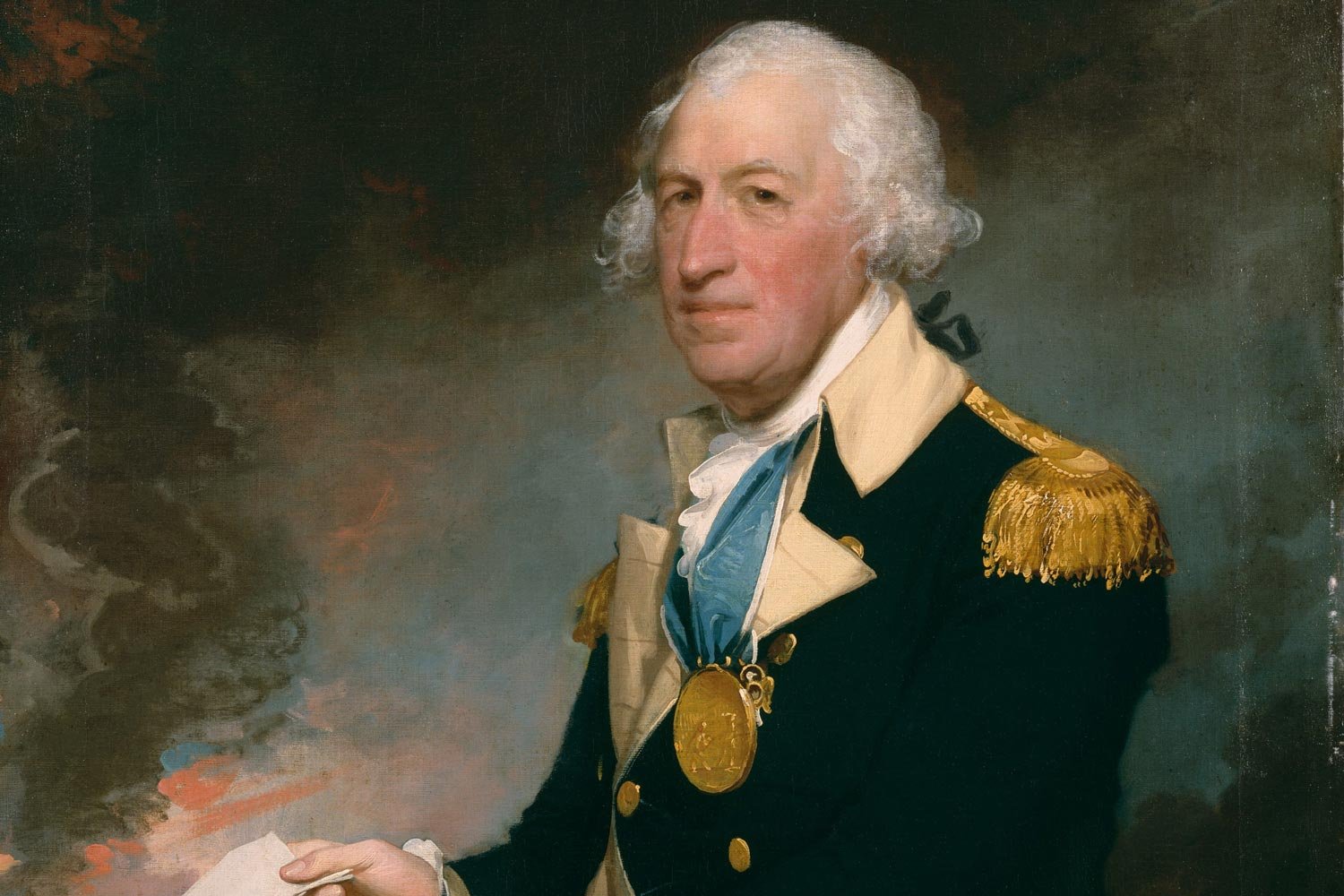
Southern Continental Army Tries to Regroup Under General Gates
The surrender of Charleston and its entire 5,000-man garrison on May 12, 1780, essentially eliminated the American southern Continental Army. At that point, Lord Charles Cornwallis and his British legions were able to operate virtually unopposed in South Carolina.

Patriots Turn the Tide in South Carolina’s Backcountry
For the first five years of the American Revolution, the deep southern states of Georgia and the two Carolinas were mostly observers of the conflict. Other than a failed attempt to take Charleston in 1776 and the capture of Savannah in December 1778, the British had focused their efforts in the north.
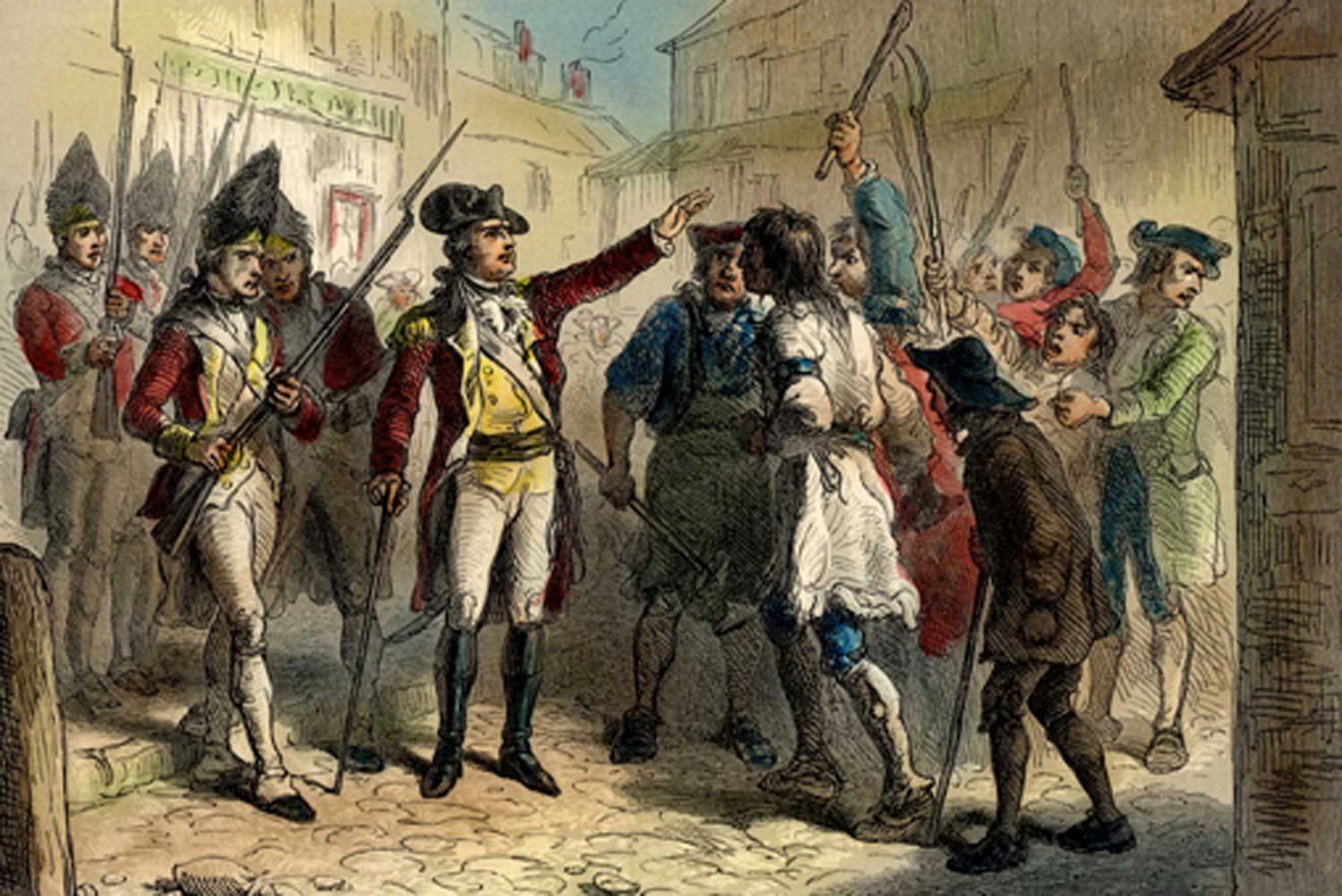
North Carolina’s Regulator Insurrection
The first time a Royal Governor of a British American colony called out the troops to suppress rebellious American subjects was not the famous fight at Lexington and Concord in 1775. The initial incident of this sort occurred four years earlier when the Royal Governor of North Carolina, William Tryon, suppressed a grassroots effort known as the Regulator Insurrection.
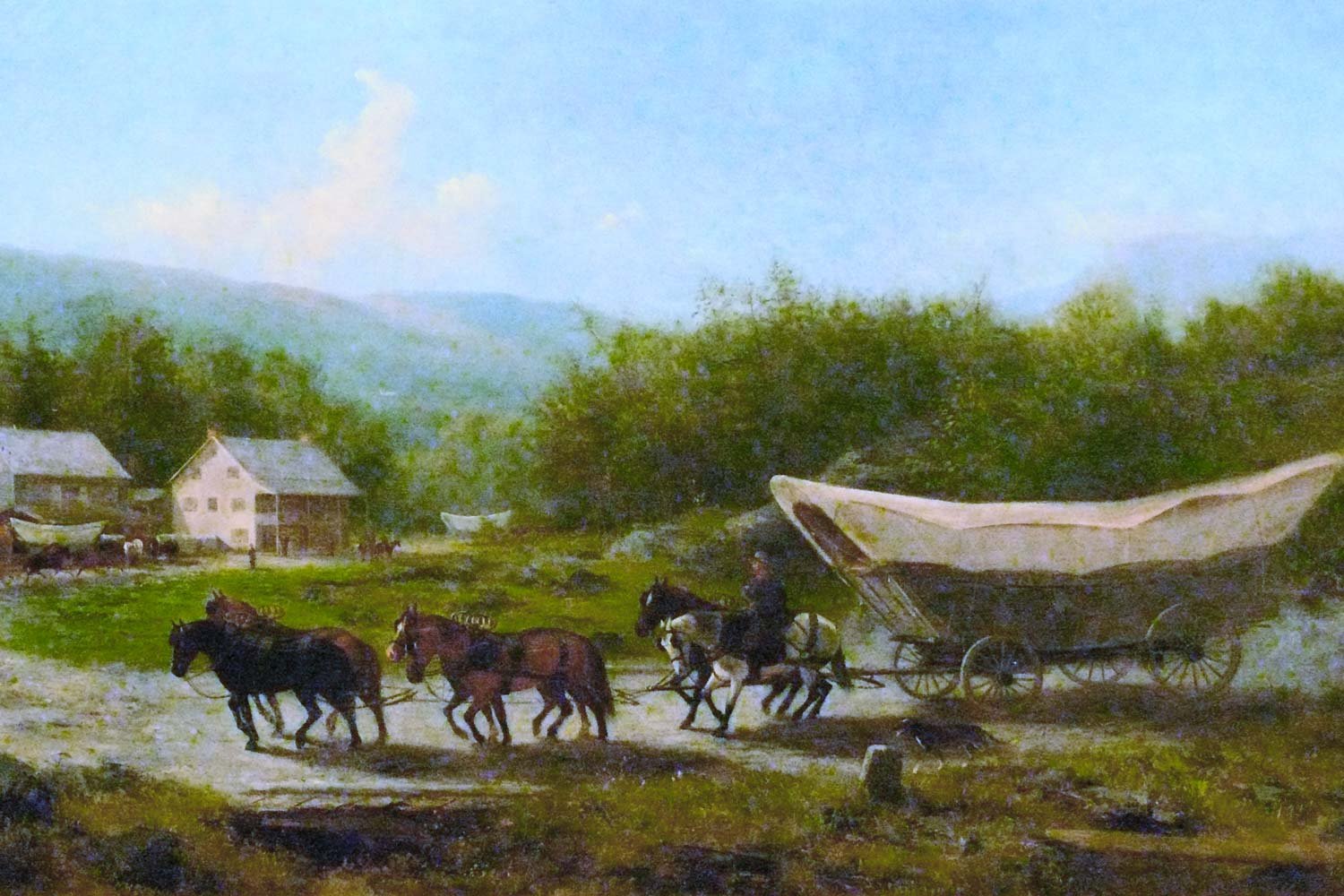
History of the South Carolina Backcountry
Following General Benjamin Lincoln’s surrender of Charleston on May 12, 1780, Sir Henry Clinton, the British commander, offered a full parole to the captured Americans as long as they remained neutral. The other American garrisons in the state at Ninety Six, Camden, Beaufort, and Georgetown were extended these same terms.
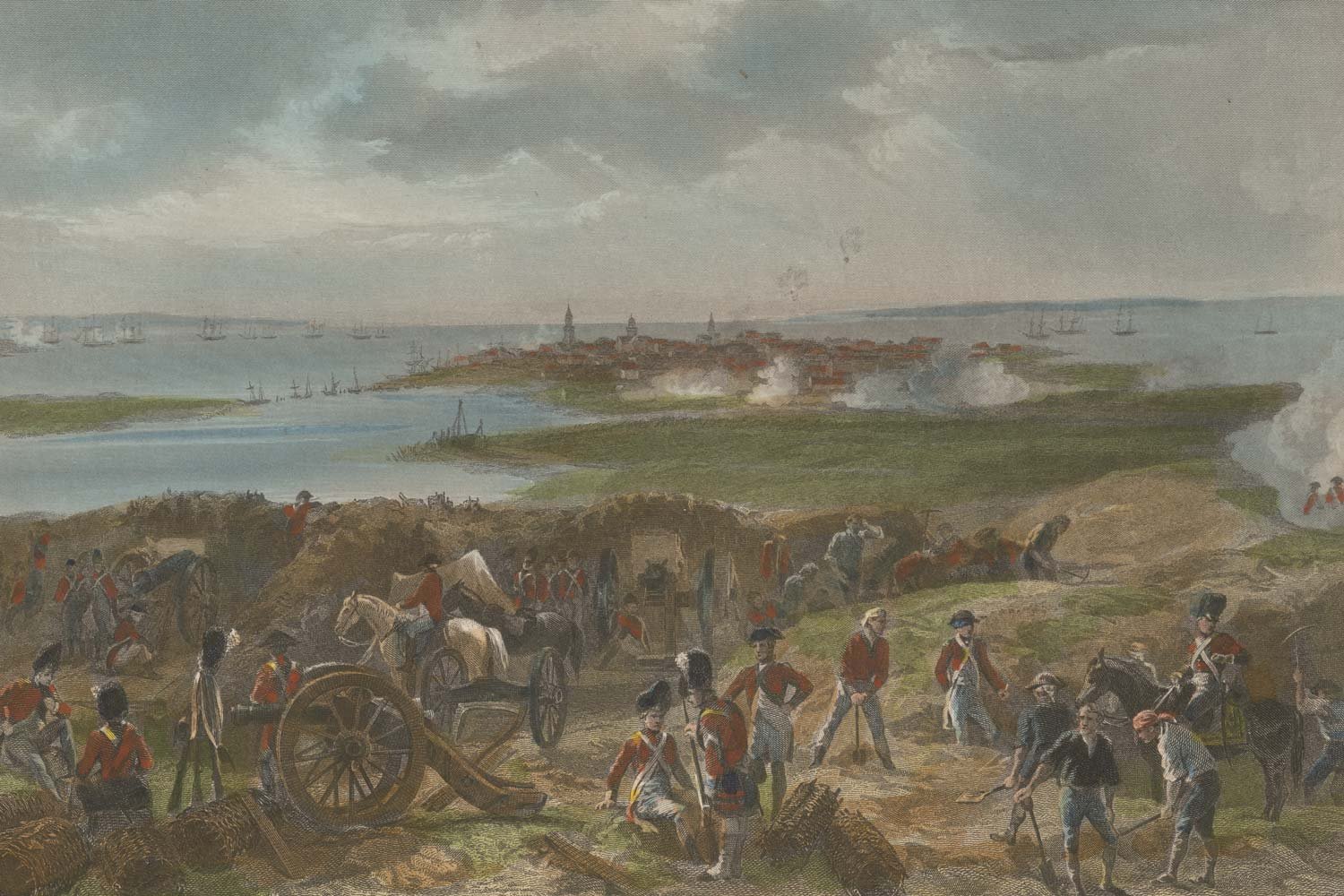
Charleston Surrenders to British
Following the fall of Savannah in 1778 and the subsequent failed American French effort to recapture it in October 1779, Sir Henry Clinton, the commander of British forces in North America, set his sights on the South Carolina port city of Charleston.
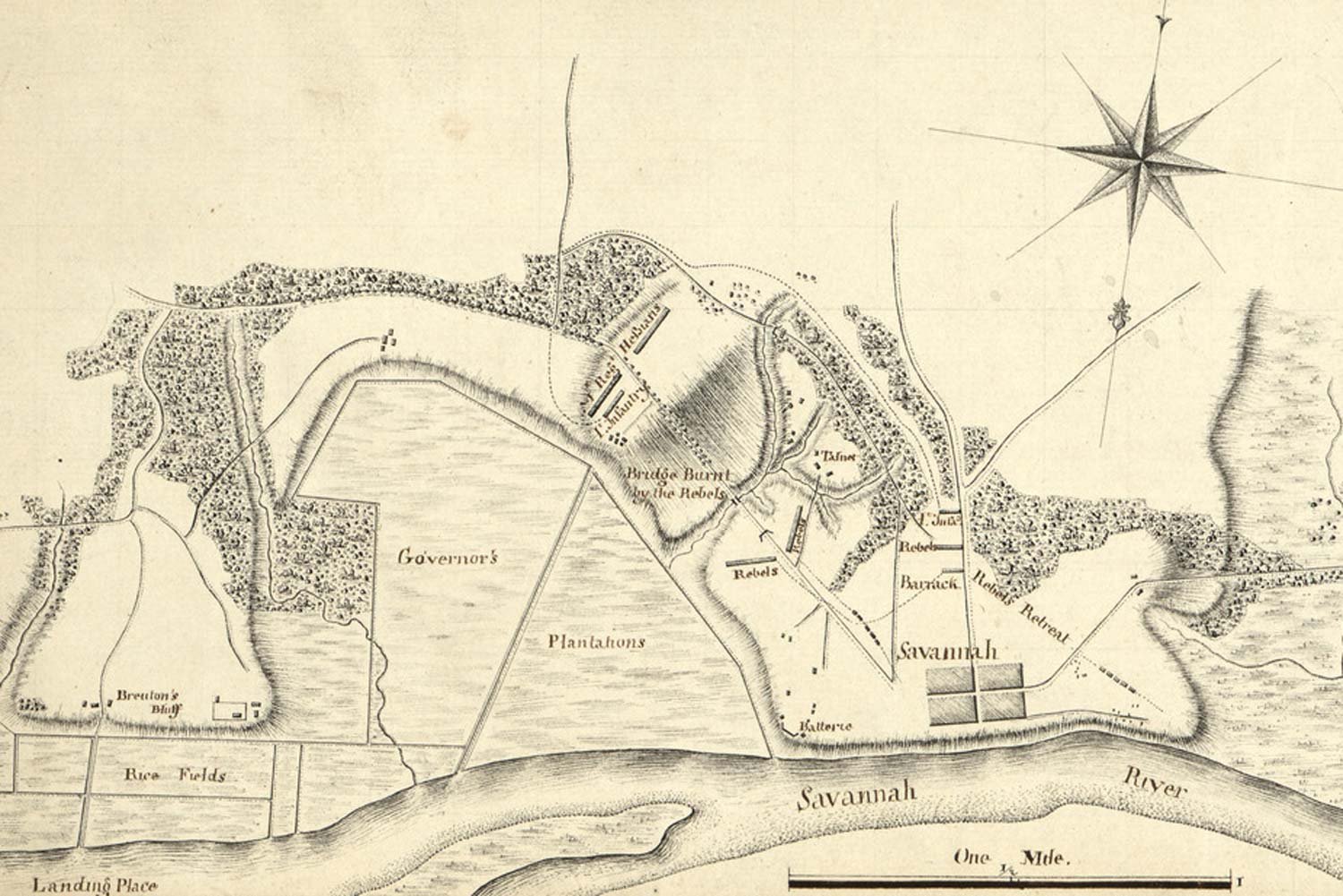
British Capture Savannah
In 1778, after three years of fighting their rebellious American colonists, the grand British Army was largely confined to New York City and Newport, Rhode Island. General George Washington’s Continental Army controlled virtually everything else as the hoped for Loyalist uprising in rural colonial America had failed to materialize. During this period, the British had focused their efforts on the northern colonies, basically from Pennsylvania north to New York, New England, and the Canadian border.
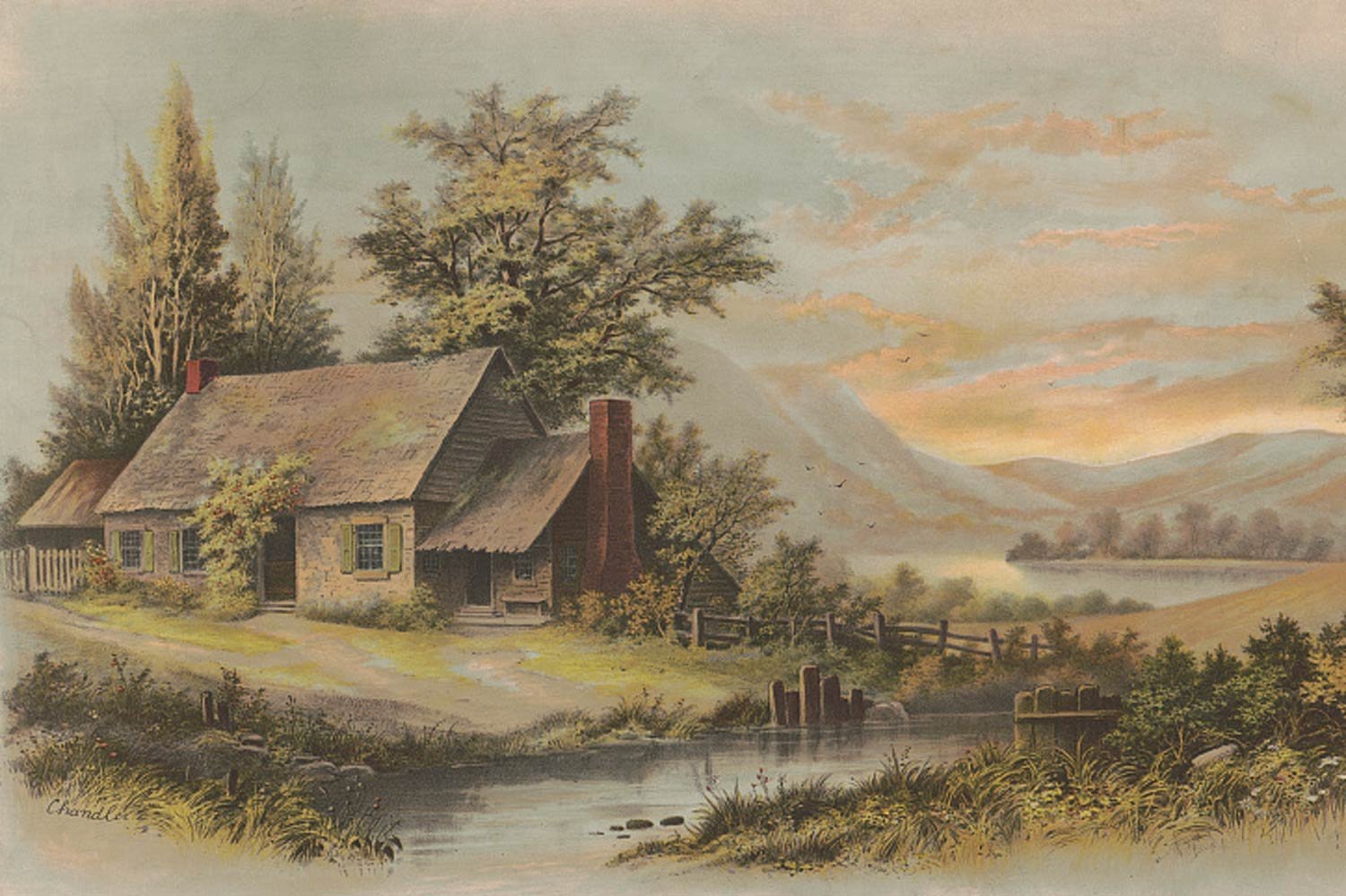
End of the Mohawk Valley War
By the spring of 1780, the bloody civil war in the Mohawk Valley had been raging for four long years. The suffering in the region was universal, having affected Loyalists, Patriots, and the Iroquois Confederacy. Despite the punitive Sullivan Expedition in the fall of 1779 which laid waste to the heart of the Iroquois homeland, the Loyalists and Indians were not vanquished.

Sullivan Expedition Strikes Deep into the Heart of the Iroquois Nation
The Patriots living in the Mohawk Valley and northeastern Pennsylvania had been devastated by Loyalists and their Indian allies in 1778. So much so that many fled this fertile area which had been the breadbasket for the Continental Army. Reestablishing control over this area would be a priority for Congress and General George Washington in 1779.
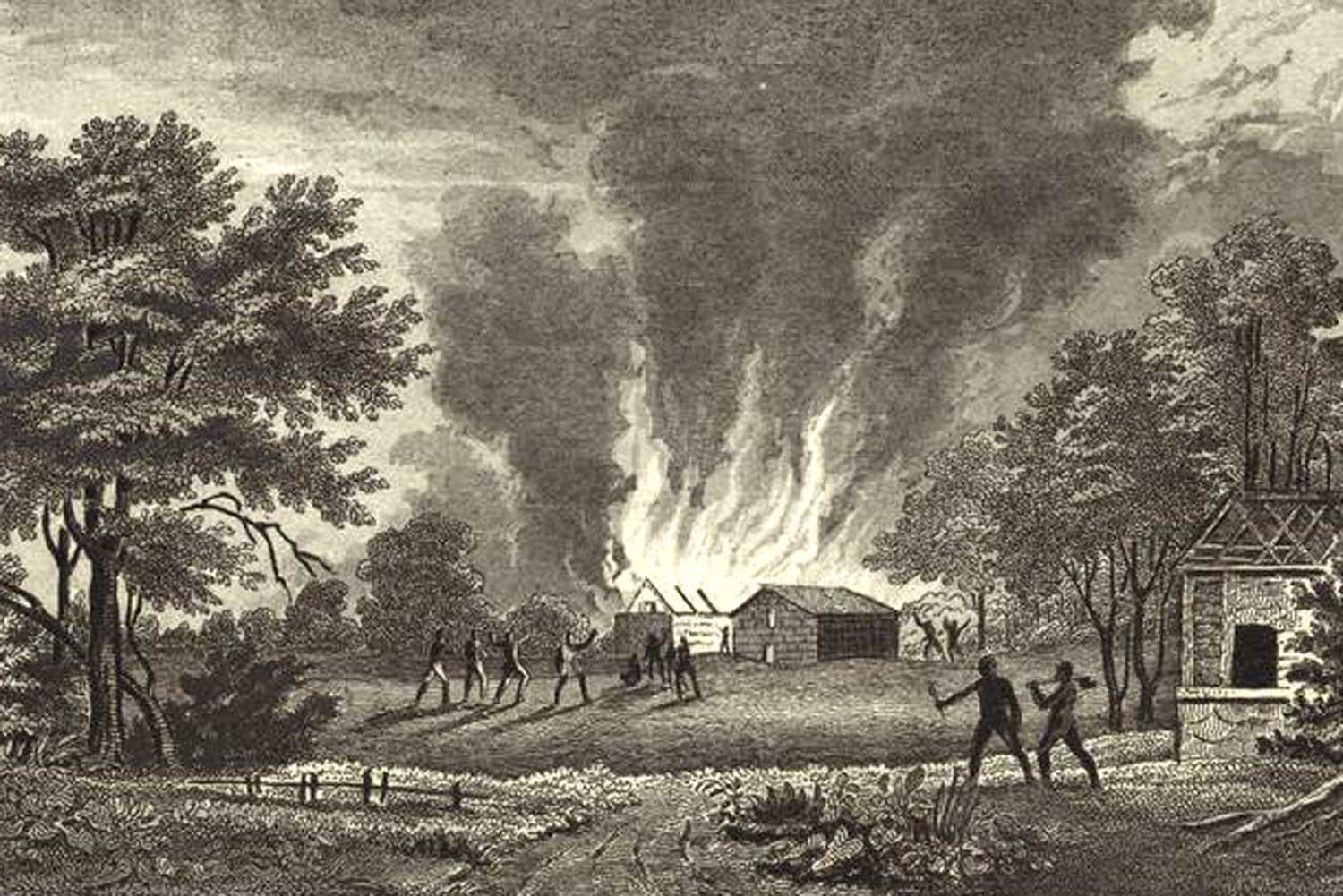
The Cherry Valley Massacre
The Spring and Summer of 1778 was terribly hard on the Mohawk Valley with partisan conflicts raging across much of New York state, and atrocities committed by both sides. Unfortunately, some of the worst mayhem was still to come.
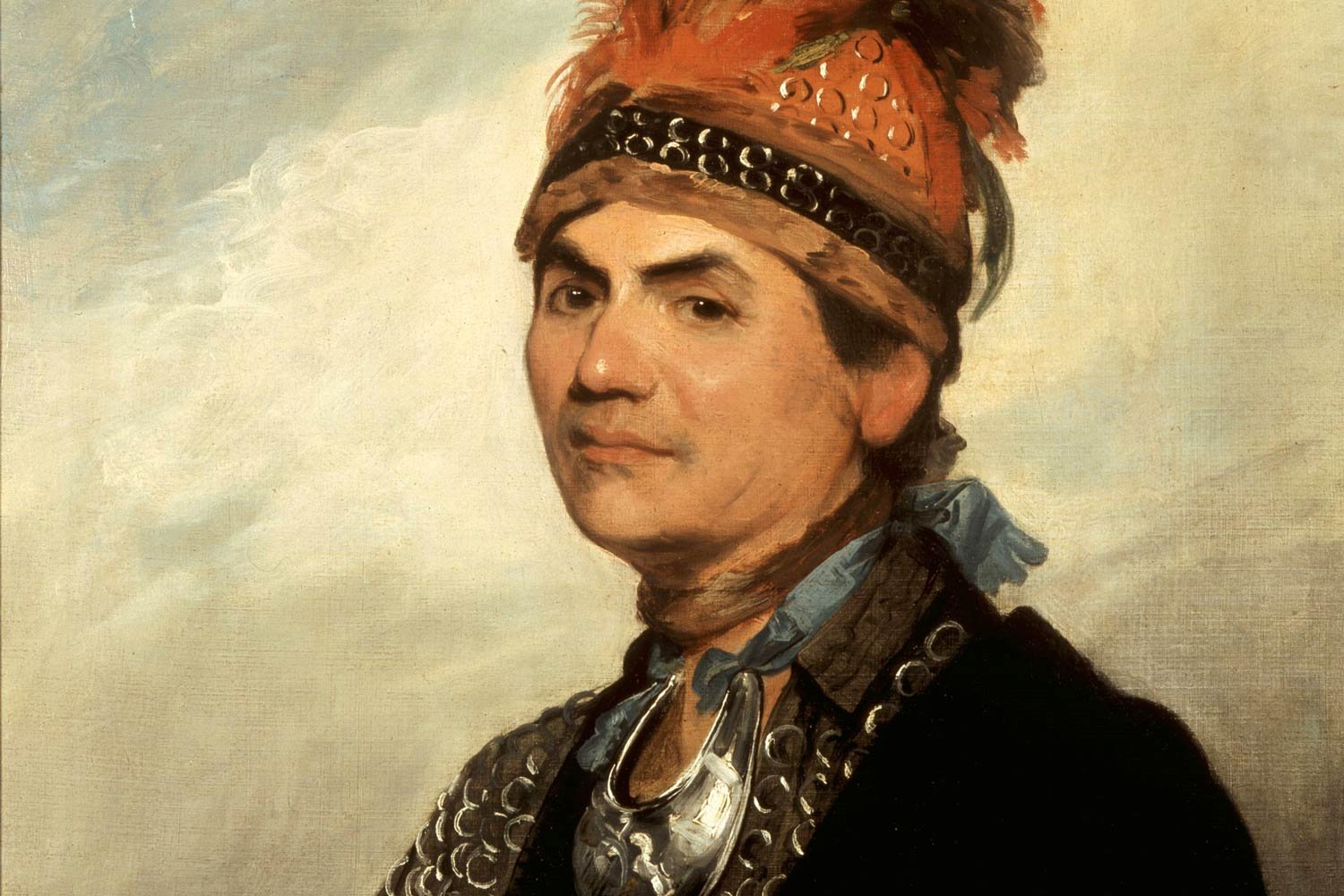
Brutal Partisan Conflict Erupts in 1778
The Spring of 1778 in New York and Pennsylvania saw the opening of one of the most brutal phases of the American Revolution. In a conflict that was more of a civil war than a British versus American fight, mixed bands of Loyalists and Indians wreaked havoc on their Patriot adversaries that terrible year.
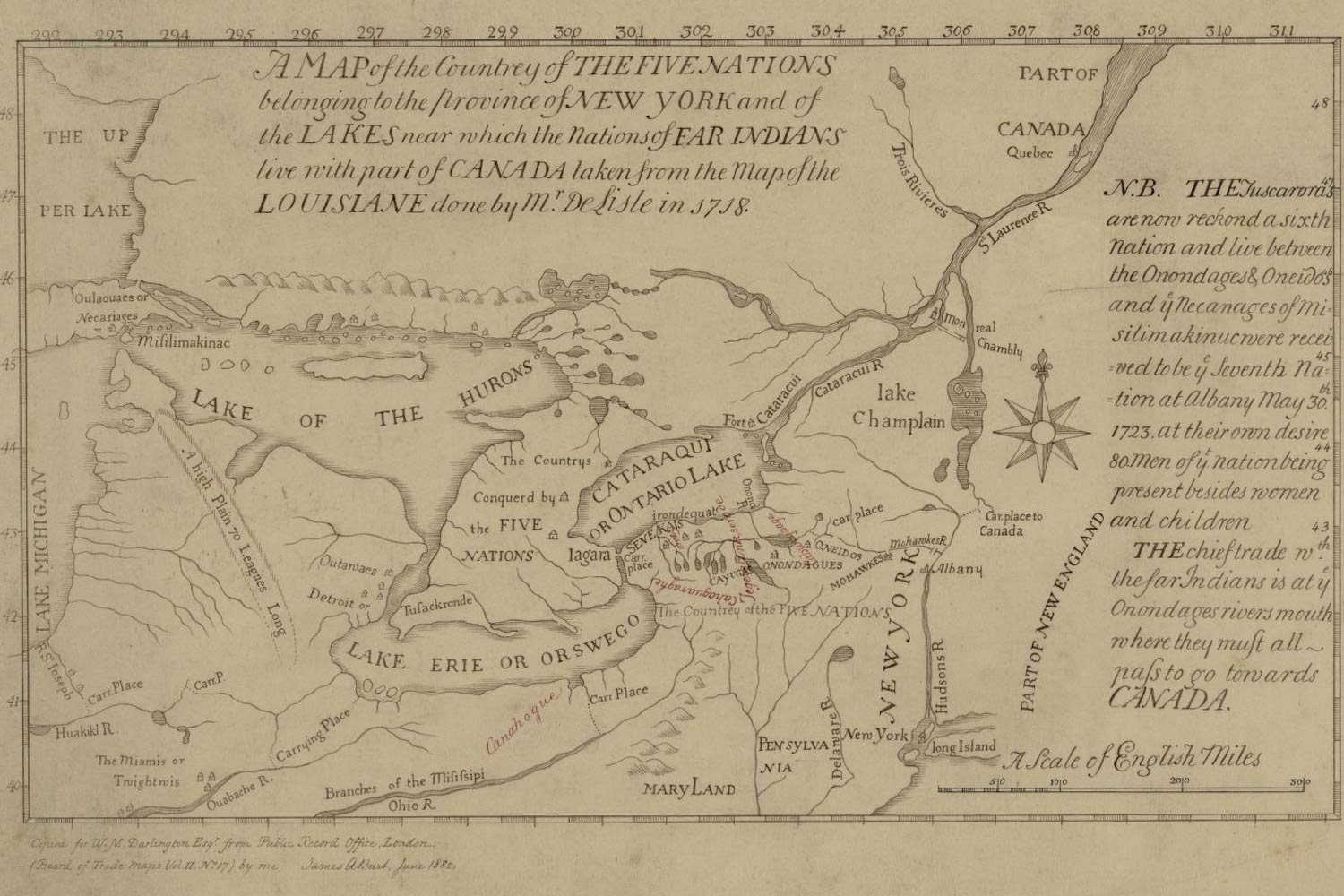
The Iroquois Confederacy
When the American Revolution began, most of western New York state was unsettled by Europeans and remained the dominion of the Iroquois Confederacy. Over the course of the next eight years, the clash of cultures would result in some of the bloodiest and most brutal fighting of the war.




